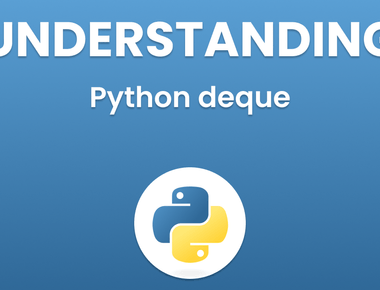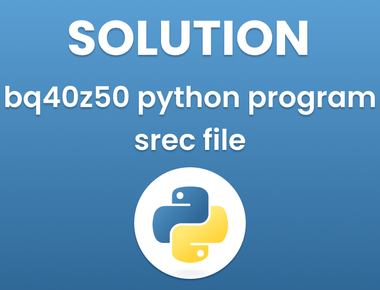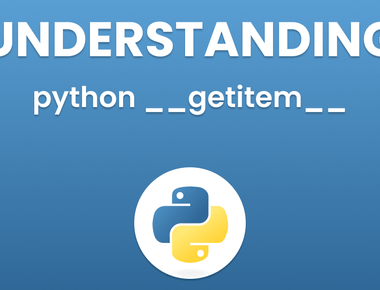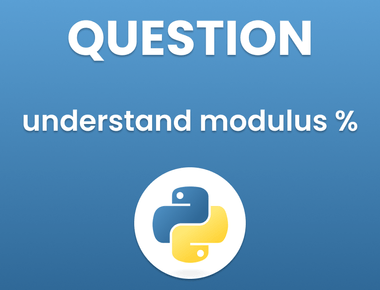Table Of Contents
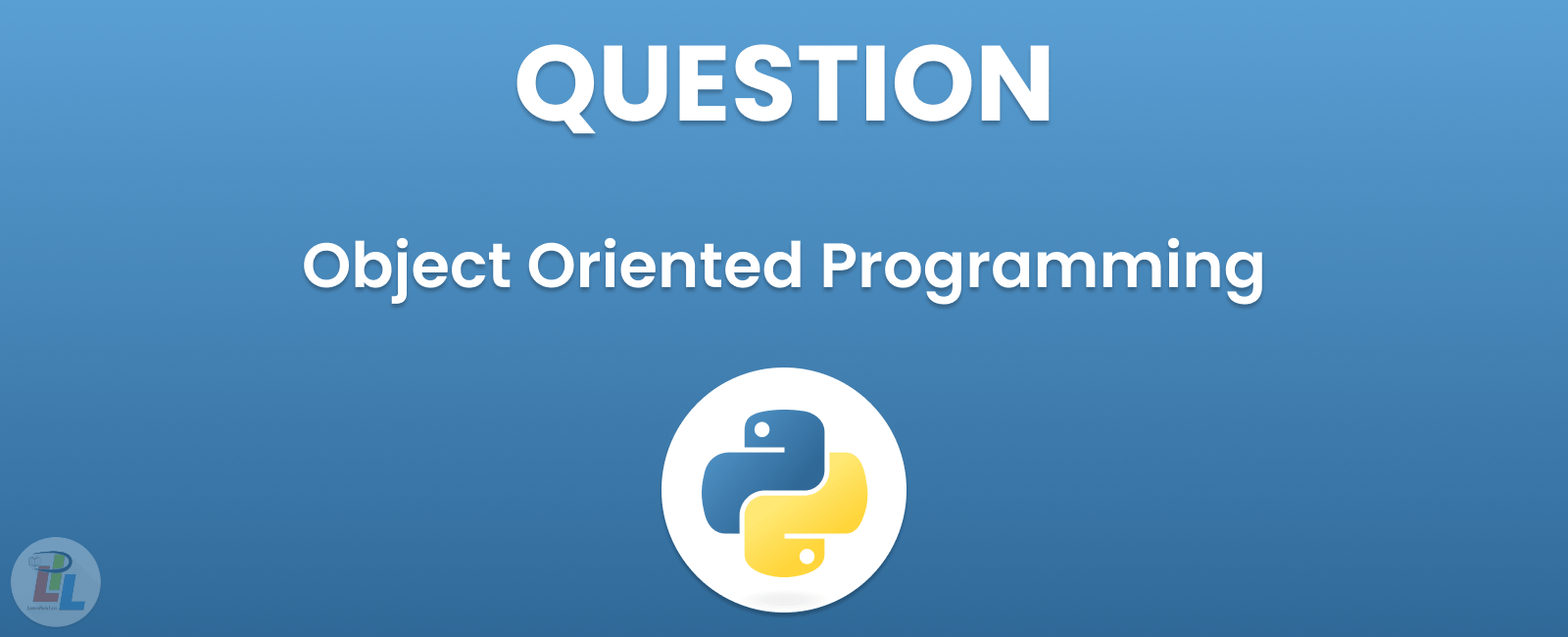
As the world of programming continues to evolve, Python remains one of the most popular programming languages used today. With its simple syntax, easy-to-learn structure, and powerful capabilities, Python has become a go-to for many developers.
One of the most powerful features of Python is its ability to support object-oriented programming (OOP). In this article, we will explore everything you need to know about is Python object-oriented programming and how to leverage its capabilities to build robust applications.
What is Object-Oriented Programming?
Object-oriented programming is a programming paradigm that revolves around the concept of objects. Objects are instances of a class, which is a blueprint that defines the behavior and properties of the object.
In Python, everything is an object, and OOP is used extensively throughout the language. This means that developers can use classes and objects to organize their code, making it more modular, and easier to maintain.
Classes in Python
In Python, a class is a blueprint for creating objects. A class can contain properties, methods, and other attributes that define the behavior of the objects created from the class.
Here’s an example of a simple class in Python:
class Car:def __init__(self, make, model, year):self.make = makeself.model = modelself.year = yeardef get_description(self):return f"{self.year} {self.make} {self.model}"
In this example, we have defined a class called Car that contains three properties: make, model, and year. We have also defined a method called get_description that returns a formatted string with the car’s make, model, and year.
Creating Objects from Classes
Once we have defined a class, we can create objects from it by calling the class as if it were a function. Here’s an example:
my_car = Car("Toyota", "Camry", 2022)print(my_car.get_description())
In this example, we have created an object called my_car from the Car class and passed in the make, model, and year as arguments. We then called the get_description method on the my_car object and printed the result.
Inheritance
One of the most powerful features of OOP is inheritance. Inheritance allows us to define a new class based on an existing class, inheriting all of its properties and methods.
Here’s an example:
class ElectricCar(Car):def __init__(self, make, model, year, battery_size):super().__init__(make, model, year)self.battery_size = battery_sizedef describe_battery(self):return f"The car has a {self.battery_size}-kWh battery."
In this example, we have defined a new class called ElectricCar that inherits from the Car class. We have added a new property called battery_size and a new method called describe_battery.
We can now create objects from the ElectricCar class that have all of the properties and methods of the Car class, as well as the additional properties and methods defined in the ElectricCar class.
Polymorphism
Polymorphism is the ability of objects of different classes to be treated as if they are of the same class. This can be useful for writing more generic and flexible code that can work with a variety of different objects.
In Python, polymorphism is achieved through the use of inheritance and method overriding. For example, let’s say we have a Shape class with a draw method:
class Shape:def draw(self):pass
We can create different subclasses of Shape with their own draw methods:
class Circle(Shape):def draw(self):# draw a circleclass Square(Shape):def draw(self):# draw a square
Now we can create a list of Shape objects that includes both circles and squares:
shapes = [Circle(), Square()]
Python Object-Oriented Programming Best Practices
To create effective and maintainable object-oriented code in Python, it’s essential to follow some best practices. Here are some tips to keep in mind:
- Use meaningful class and method names: Use names that describe what the class or method does to make the code more readable and understandable.
- Encapsulate data and behavior: Encapsulate related data and behavior in objects to create modular, reusable code.
- Follow the single responsibility principle: Ensure that each class or method has a single responsibility to make the code more maintainable and extensible.
- Use inheritance wisely: Use inheritance to avoid code duplication and promote code reuse, but avoid creating deep inheritance hierarchies that can become difficult to manage.
- Test your code: Use unit tests to ensure that your code works as intended and catches any bugs or errors.
By following these best practices, you can create efficient, maintainable, and scalable object-oriented code in Python.
Conclusion
Python object-oriented programming is a powerful programming paradigm that allows developers to create modular, reusable code. By encapsulating related data and behavior in objects, developers can create more maintainable, scalable, and extensible code. Python provides a rich set of tools for creating and working with objects, including support for Inheritance, Polymorphism, and other advanced OOP concepts.
Subscribe to our newsletter!
Related Posts
Quick Links
Legal Stuff
Social Media


